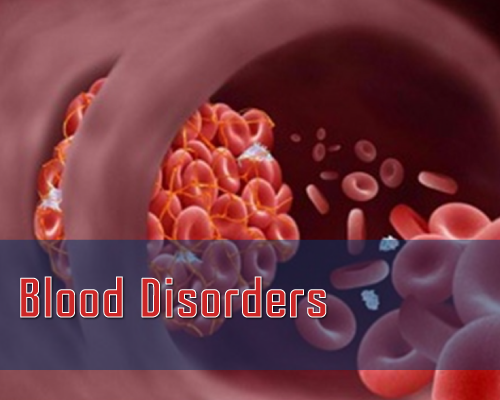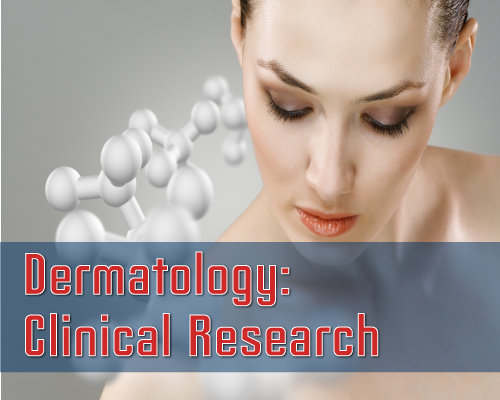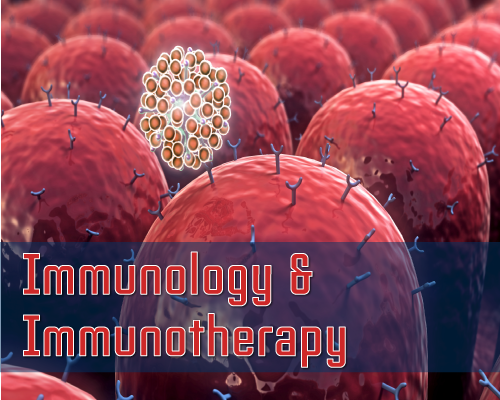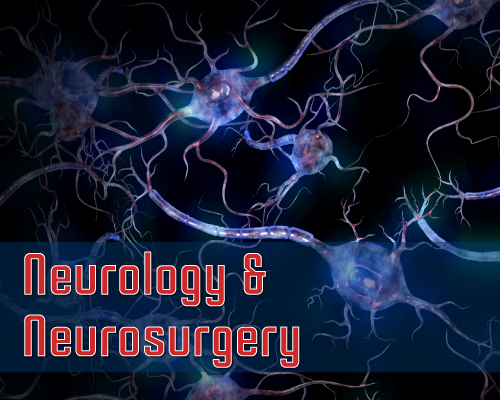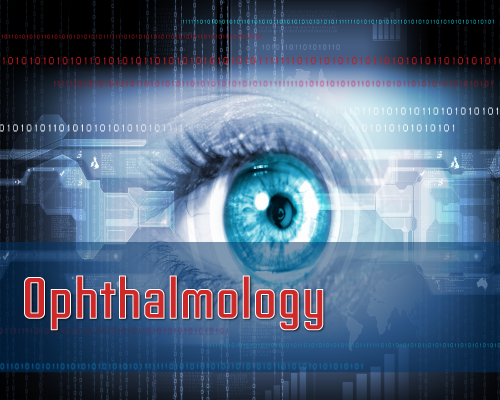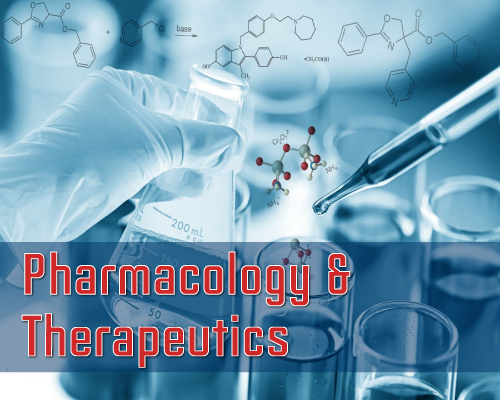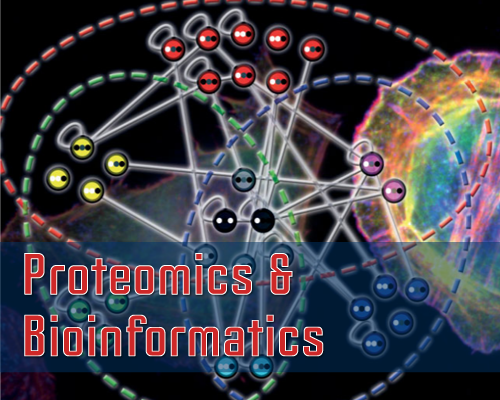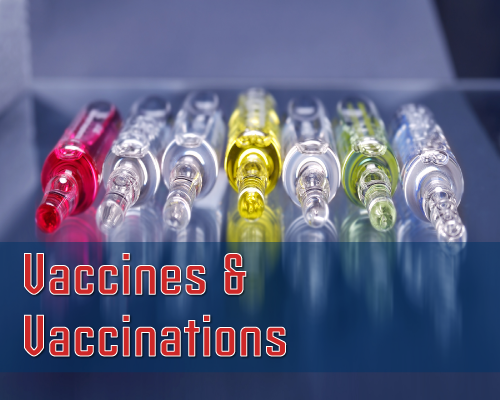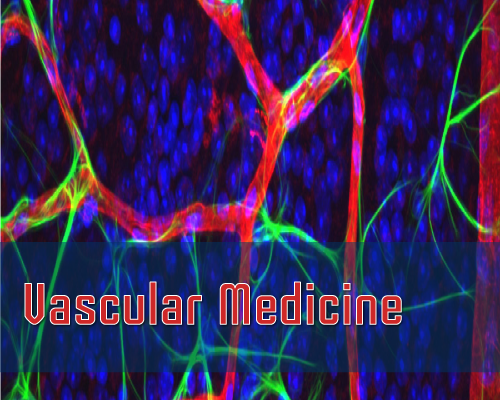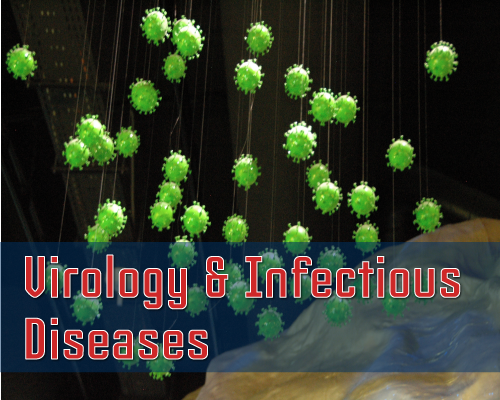Case Report
Importance of Measures against Staphylococcus aureus in Atopic Dermatitis as a Superantigen Disease
Kazuo Sugimoto*, Takamichi Hattori, Yoshio Kitsukawa, Akiyo Aotsuka, Takeshi Wada, Hitoshi Kubosawaand Shoichi Ito
Kazuo Sugimoto1*, Takamichi Hattori2, Yoshio Kitsukawa3, Akiyo Aotsuka3, Takeshi Wada3, Hitoshi Kubosawa4and Shoichi Ito5
1Department of Clinical Allergology, Neurology Clinic Tsudanuma, Japan
2Department of Neurology, Neurology Clinic Tsudanuma, Japan
3Internal Medicine, Chiba Aoba Municipal Hospital, Japan
4Clinical Pathology, Chiba Aoba Municipal Hospital, Japan
5Department of Neurology, Chiba University Graduate School of Medicine, Japan
*Address for Correspondence: Kazuo Sugimoto, Department of Clinical Allergology, Neurology Clinic Tsudanuma, Japan
Dates: Submitted: 13 November 2016; Approved: 01 March 2017; Published: 04 March 2017
Citation this article: Sugimoto K, Hattori T, Kitsukawa Y, Aotsuka A, Wada T, et al. Importance of Measures against Staphylococcus aureus in Atopic Dermatitis as a Superantigen Disease. Sci J Clin Res Dermatol. 2017;2(1): 007-009
Copyright: © 2017 Sugimoto K,, et al. This is an open access article distributed under the Creative Commons Attribution License, which permits unrestricted use, distribution, and reproduction in any medium, provided the original work is properly cited.
Keywords: Atopic dermatitis; Staphylococcus aureus; Superantigen; Disinfectant; IgE antibodies to SEA and SEB
Abstract
Patients with AD showed high incidence of duodenitis and cervical spine as a disorder other than skin. We experienced many cases where treatment resulted in improvement of eruptions of AD and other disorders other than skin were alleviated. We also experienced patients with AD with duodenitis normalized by repeated testing. In the same case of AD, many disorders of the organs of the duodenum and the cervical spine were observed. The toxin produced by S. aureus detected from the skin of patients with AD was high rate.
Background
There are reports that Staphylococcus aureus (S. aureus) is involved in the onset and exacerbation of Atopic Dermatitis (AD) [1]. In the United States bleach bath therapy is incorporated into the guidelines for treatment of AD. For these reasons, measures against S. aureus in AD are important. In addition to skin, Yamada et al. [2] reported inflammation of intestinal tract for patients with AD, and Kira et al. [3] reported inflammation of the cervical vertebrae. Kino et al. [4] reported inflammation in the colon of infants with AD. Ito et al. [5] reported the neurologic findings and Magnetic Resonance Imaging (MRI) of patients with AD; they concluded that AD might become the risk factor in disc degeneration. IgE antibody titer to the toxin which is produced by S. aureus is able to reflect the pathogenesis of AD as shown in a number of reports [6-9].
Method
In addition to the conventional treatment with topical steroids and moisturizing agents for AD patients the researchers treated S. aureus using disinfectants, such as Isodine® solution [10]. As a result, short term improvements in patients' skin rash were seen. For patients who wish to be examined among AD patients, patients with abnormalities such as neurological reflex were further examined for MRI of the cervical vertebrae. In addition, endoscopic examination including duodenal biopsy was performed for those who wanted examination among patients with AD. Detection of toxins produced by S. aureus was also examined by Polymerase Chain Reaction (PCR) method in S. aureus specimens detected from rashes of patients with AD. We also examined IgE antibodies to Staphylococcal Enterotoxins A (SEA) and Staphylococcal Enterotoxins B (SEB) of AD patients over time.
Results
Regarding the neurological abnormalities that are sometimes seen in patients with AD, we identified neurological abnormalities in 89 patients of 110 AD patients (80.9%). Using MRI, we also observed an abnormality in the cervical spine of 54 patients of 69 AD patients (78.2%) who showed a neurological abnormality.
We have observed 21 patients of the 32 AD patients (65.6%) in the damage of both the duodenum and the cervical spine. We also observed duodenitis in 43 of 53 duodenal - biopsied AD patients. Along with the improvement of the rash by Staphylococcal disinfection skin care method for AD that we have developed [10], of 12 patients with repeated duodenum biopsies, the duodenitis had normalized in five cases [11]. We have already reported detection rate of toxin using PCR from S. aureus, which is detected from patients with AD who visited our hospital. The detection rates of staphylococcal enterotoxins A, B, C and E were 9.7, 55.6, 7.7 and 30.6%, respectively. The detection rate of toxic shock syndrome toxin 1 was 6.6% and those of exfoliative toxins A and B were 4.1 and 1.5%. The total detection rate of toxins was 80.1% from 196 S. aureus strains [11].
Discussion
We developed a treatment regimen that uses a disinfectant against S. aureus detected from the skin of a patient with AD as a general treatment for the treatment of AD; we have reported some effects [10-13]. There is also a report that S. aureus is involved in the onset and exacerbation of AD [1]. In the United States bleach bath therapy is incorporated into the guidelines for treatment of AD. For these reasons, measures against S. aureus in AD are important. S. aureus produces toxins at a high rate. Produced toxin acts as a Superantigen [15] to humans. Ochi et al. [16] reported that superantigen is involved in disorders of the cervical spine. In patients with AD, many disorders of the intestinal tract and cervical vertebrae are found in addition to the skin. In the same patient with AD, there were many cases in which disorder of the intestinal tract and cervical vertebrae was observed in addition to the skin, and the frequency was high, and we experienced cases where the disorder became normal when worried by treatment. We also experienced a number of cases in which treatment with IgE antibodies to SEA and SEB of patients with AD improves over time by treatment [6-9]. Last year, authors had reported for the first time in the world that AD may be one of the Superantigen Diseases [17]. The Journal of Pharmaceutical Microbiology titled Staphylococcus aureus vs. AD published in April 2016 was published [18].
Conclusion
Lesions of patients with atopic dermatitis were not only in the skin but also in the intestinal tract and the cervical vertebrae with high - frequency disorder. A high rate of S. aureus is detected from rash in patients with AD. S. aureus produces toxins. The detection rate of toxin produced by S. aureus is high, and toxin acts on people as superantigens. IgE antibodies to SEA and SEB are improved by improvement of the eruption. For these reasons, AD was proposed as the world's first super-antigenic disease last year [17]. From now on, it seems indispensable to introduce a treatment which takes wide countermeasures against S. aureus in the treatment of AD [10-14,17-19].
References
- Kobayashi T, Glatz M, Horiuchi K, Kawasaki H, Akiyama H, Kaplan DH, et al. Dysbiosis and Staphylococcus aureusColonization Drives Inflammation in Atopic Dermatitis. Immunity. 2015; 42: 756-66. https://goo.gl/CHqMGG
- Yamada H, Izutani R, Chihara J, Yudate T, Matsukura M, Tezuka T. RANTES mRNA expression in skin and colon of patients with atopic dermatitis. Int Arch Allergy Immunol. 1996; 111(suppl 1): 19-21. https://goo.gl/0iGLWR
- Kira J, Yamasaki K, Kawano Y, Kobayashi T Acute myelitis associated with hyperIgEemia and atopic dermatitis. Neurol Sci. 1997; 148: 199-203.https://goo.gl/QRR7eG
- Kino M, Kojima T, Yamamoto A, Sasal M, Taniuchi S, Kobayashi Y. Bowel wall thickening in infants with food allergy. Pediatr Radiol. 2002; 32: 31-3. https://goo.gl/SXPw0y
- Ito S, Hattori T, Fukutake T, Sugimoto K. Is atopic dermatitis a risk factor for intervertebral disc degeneration? A preliminary clinical and MRI study. J Neurol Sci. 2003; 206: 39-42. https://goo.gl/35dlAC
- Bunikowski R, Mielke M, Skarabis H, Herz U, Bergmann RL, Wahn U, et al. Prevalence and role of serum IgE antibodies to the Staphylococcus aureus - derived Superantigens SEA and SEB in children with atopic dermatitis. J Allergy Clin Immunol. 1999; 103: 119-24.https://goo.gl/LLgkrf
- Nomura I, Tanaka K, Tomita H, Katsunuma T, Ohya Y, Ikeda N, et al. Evaluation of the staphylococcal exotoxins and their specific IgE in childhood atopic dermatitis. J Allergy Clin Immunol. 1999; 104: 441-6. https://goo.gl/loDydK
- Tada J, Toi Y, Akiyama H, Arata J, Kato H. Presence of specific IgE antiodies to staphylococcal enterotoxins in patients with atopic dermatitis. Eur J Dermatol. 1996; 6: 552-4.
- Bunikowski R, Mielke ME, Skarabis H, Worm M, Anagnostopoulos I, Kolde G, et al. Evidence for a disease - promoting effect of Staphylococcus aureus- derived exotoxins in atopic dermatitis. J Allergy Clin Immunol. 2000; 105: 814-9. https://goo.gl/XnePhP
- Sugimoto K, Kuroki H, Kanazawa M, Kurosaki T, Abe H, Takahashi Y, et al. New successful treatment with disinfectant for atopic dermatitis. Dermatol. 1997; 195: 62-8. https://goo.gl/ERu1aH
- Sugimoto K, Ishikawa N, Terano T, Kitukawa Y, Kubosawa H, Ito S, et al. The importance of Bacterial superantigens Produced by Staphylococcus aureusin the Treatment of Atopic Dermatitis Using Povidone-Iodine. Dermatology. 2006; 212: 26-34. https://goo.gl/u5nBAv
- Sugimoto K, Ishikawa N, Sugioka T, Nakamura M, Koneki H, et al. (1998) Isojin® disinfectant therapy for atopic dermatitis. Japanese J Pediatric Dermatol. 17: 103-7.
- Sugimoto K, Ishikawa N, Ogawa A (1998) Treatment of Staphylococcus aureus by disinfection treatment of patients with atopic dermatitis. Hifu. 40: 117-24.
- Sugimoto K, Ishikawa N, Sugioka T, Koseki H, Kubosawa H, Kagawa S, et al. The importance of disinfection therapy using povidone-iodine solution in atopic dermatitis. Dermatology. 2002; 204: 63-9. https://goo.gl/Zk9eW2
- White J, Herman A, Pullen AM, Kubo R, K appler JW, Marrack P. The V beta-specific super antigen staphylococcal enterotoxin B: stimulation of mature T cells and clonal detection in neonatal mice. Cell. 1989; 56: 27-35. https://goo.gl/5AcrHv
- Ochi H, Osoegawa M, Murai H, Minohara M, Taniwaki T, Kira J. Presence of IgE Antibodies to Bacterial superantigens and Increased IL-13-Producing T Cells in Myelitic Patients with Atopic Diathesis. In Arch Allergy Immunol. 2004; 134: 41-8. https://goo.gl/OyHGN1
- Sugimoto K, Kitukawa Y, Aotsuka A, Wada T, Kubosawa H, et al. Is Atopic Dermatitis One of the superantigens Diseases? J Dermatolog Clin Res. 2015; 3: 1052-3. https://goo.gl/95X4G6
- Sugimoto K. Staphylococcus-aureus-vs-Atopic-Dermatitis. J Pharm Microbiol. 2016; 2: 8:1-3. https://goo.gl/1GtKIz
- Sugimoto K, Hattori T, Kitukawa Y, Aotsuka A, Wada T, et al. The Treatment of Symptoms in Atopic Dermatitis as a Superantigen Disease. Journal of Microbiology and Modern Techniques. 2016; 1: 1-3. https://goo.gl/5rcTG4
Authors submit all Proposals and manuscripts via Electronic Form!

